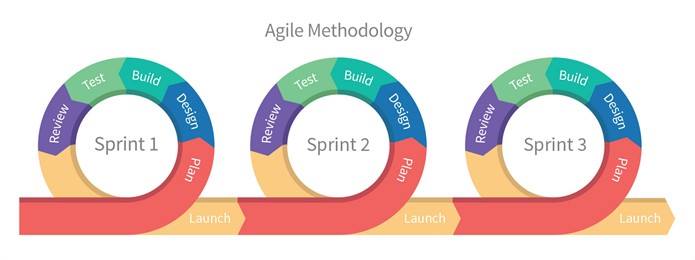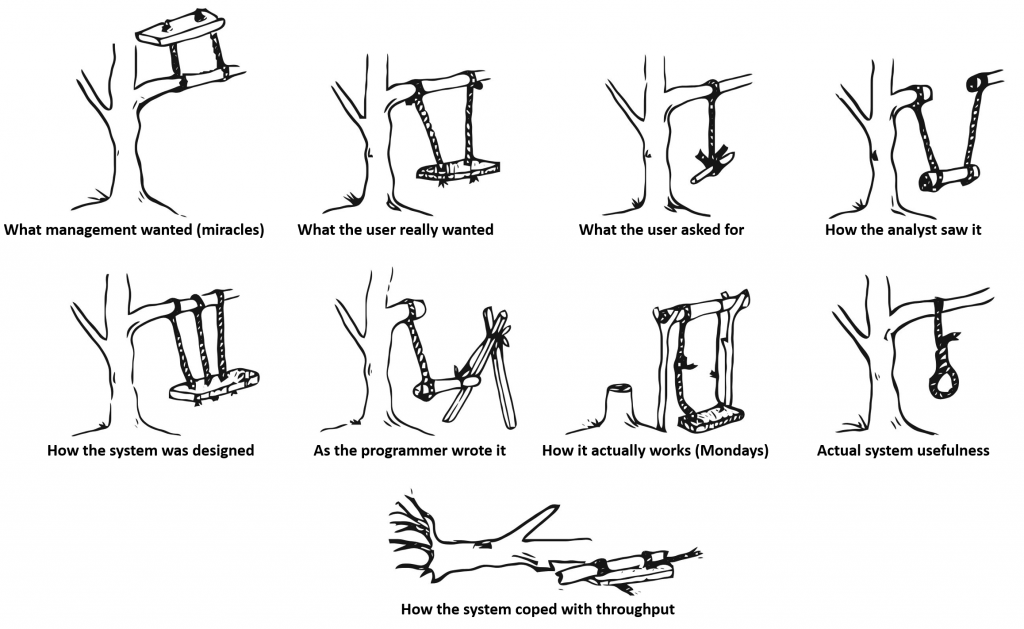Ensure Project Success:
Expert Project Management Services
Projects are the engines of change, but they often face challenges that derail them. I provide expert project management services to help you achieve your goals, on time and within budget.
Beyond the Basics: True Project Success
Successful projects go beyond just meeting deadlines and budgets. They deliver:
- Tangible Value: Addressing the core needs of your customers.
- Long-Term Benefits: Contributing to sustainable business success.
- Future-Proof Solutions: Building scalable and adaptable systems.
Common Project Pitfalls I Help You Avoid:
- Unclear governance and scope.
- Missing or changing requirements.
- Unrealistic timelines and budgets.
- Poor communication and risk management.
- Lack of customer focus.
My Approach: Tailored Project Management Expertise
I leverage a deep understanding of various project management methodologies (PMBOK, PRINCE2, Agile, etc.) to tailor my approach to your specific needs. Whether you require Waterfall’s structured approach for large-scale projects or Agile’s flexibility for evolving requirements, I have the expertise to guide you.
Agile vs. Waterfall: Understanding Your Options

Breakdown of project activities into linear sequential phases, where each phase depends on the deliverables of the previous one
- Waterfall: Ideal for projects with well-defined requirements and a structured, linear approach.
- Agile: Perfect for projects with evolving requirements, requiring flexibility and iterative development.

Iterative cycles of product development and product launch will allow the product to evolve from minimal viable product to full functionality.
Lean Product Development: Delivering Value Faster
I specialize in Lean Product Development, focusing on:
- Meeting customer needs efficiently.
- Iterative design and development.
- Rapid delivery of value.
Why Choose Me?
- Experienced project management professional.
- Proven track record of success.
- Dedicated to delivering projects that exceed expectations.
- Swiss PM, delivering high quality.
Let’s Get Your Project on Track
Discover how I can help you achieve your project goals.

